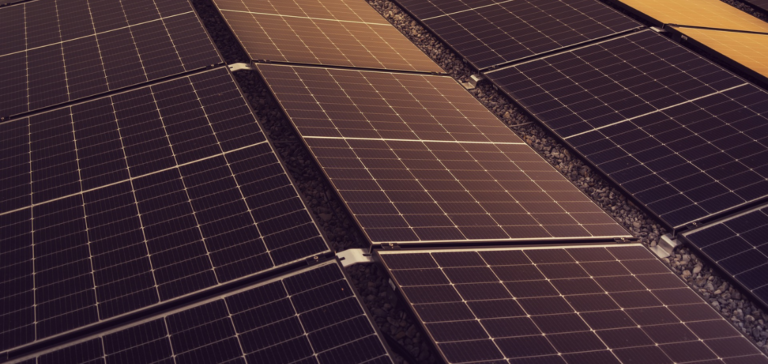The challenge of coal dependence
The current context is worrying: India relies heavily on coal, a highly polluting energy source, for its electricity production. However, there are signs of progress. Investment in the renewable energy sector is growing significantly, and this year has seen India commission a record number of solar panels.
India’s National Electricity Plan (NEP)
Ember’s report is based on India’s recently unveiled National Electricity Plan (NEP). Under this plan, India plans to continue using coal, but with an increasing share of renewables in its energy mix by 2032. At present, solar energy will account for just 5% of India’s total electricity production by 2022. However, the NEP sets an ambitious target of increasing this share to 25% within a decade. To achieve this, a substantial increase in solar capacity is needed every year for the next five years, according to the experts.
Energy storage: a piece of the puzzle
In addition to increasing solar capacity, India also needs to focus on strengthening its energy storage solutions. Solar and wind energy sources are intermittent, which means that storage measures are essential to avoid power cuts.
It is important to note that India, which is hosting the G20 this year, is facing a 29% rise in per capita coal emissions over the past seven years. Unlike many other countries, it has not yet adopted a policy aimed at gradually reducing its use of coal. However, it has announced a goal of carbon neutrality by 2070, albeit later than many other nations.
The crucial importance of this transition
India’s energy future is therefore a crucial issue, both environmentally and economically. If the country succeeds in meeting this challenge and accelerating its transition to solar power, it could not only reduce its dependence on coal, but also play a major role in the global fight against climate change. This transition to solar power is a matter of vital importance for India’s financial and energy future, as well as for the global energy market as a whole.
India is at a crucial crossroads for its energy future. The challenge of increasing its solar energy capacity by 36% per year over the next five years is of paramount importance. This transition to solar power is essential from both a financial and an energy point of view. If India succeeds in this transition, it can reduce its dependence on coal, contribute to the global fight against climate change and open up new economic opportunities. For investors and the energy market, India is becoming a key destination to watch, with far-reaching implications for the future of the energy industry worldwide.






















